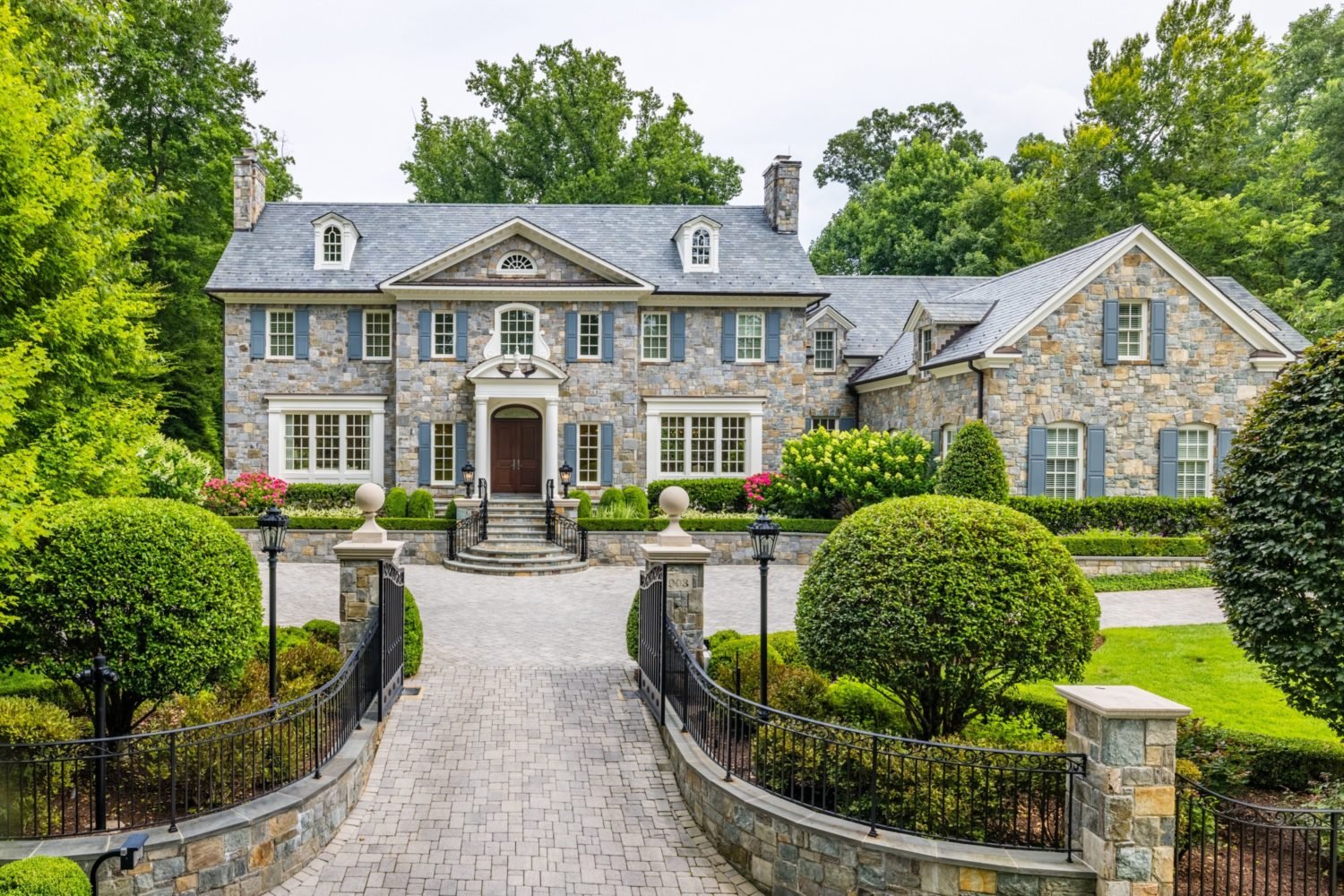On Tuesday, the FBI released its annual report on federal hate crimes. The statistics, which come from the Bureau’s Uniform Crime Reporting (UCR) program, showed a 17.2 percent increase nationwide in hate crimes. Dig a bit deeper in the data, and the numbers for Washington, DC, are more jarring: A 62 percent increase in reported hate crimes compared to 2016, the FBI reports.
According to the figures, DC saw 169 reports of hate crimes in 2017—up from 104 such reports in 2016, and 64 reports in 2015.
Those figures roughly match what DC police reported, too—179 reports in 2017, a 67 percent rise from the previous year—slight differences possibly to do with DC’s measurement protocol, which includes categories of hate crimes that the FBI does not, such as homelessness and, interestingly, political affiliation, which increased from two 10 last year.
But according to the FBI data, the largest drivers of the uptick were crimes animated by race, ethnicity, or ancestry, which more than tripled between 2016 and 2017, for an increase of 227 percent. Crimes animated by sexual orientation were also up 35 percent, while reports for gender identity, religion, and disability were down slightly.
And according to figures provided by DC police, 2018 appears well on pace to achieve a new record for these reports: By October 2018, filed reports had already surpassed the figures on record for the same time last year. Neither the FBI nor the police provide additional details online for the case incidents behind these figures. But the news is more populated with such incidents than one might think: In August, police were searching for a man who harassed a Latino crossing guard in Northwest DC in front of schoolchildren, where he reportedly yelled a raft of racial slurs, and mentioned that he “used to shoot people like [you] at the border.” (In that case, the suspect was identified and arrested, an MPD spokesperson confirmed.)
To wit, the data on offer in the report was conspicuously timed with more unsettling news in the district, when a DC man was arrested Tuesday on gun charges after declaring loyalty to Robert Bowers, the Pennsylvania man who murdered eleven victims of the Tree of Life Synagogue last month. It was the worst anti-Semitic attack in American history. (Though anti-Semitic crimes rose 37 percent in 2017, they were down slightly in Washington, DC.)
“In recent weeks, we have witnessed the tragic impact that a climate of hate and division can cause. The FBI report highlights how communities across DC must continue to confront intolerance and bigotry, and continue to work together to build and maintain an inclusive and welcoming city,” said Doron F. Ezickson, Washington Regional Director of the Anti-Defamation League, in an emailed statement. “It is also critical that all of our leaders be part of the solution—and that starts with condemning hate whenever it occurs.” MPD Spokesperson Dustin Sternbeck said that the department’s goal is to “ensure that all hate crimes are reported and investigated,” and wouldn’t speculate on the reasons for the uptick.
There may be a few reasons for the increase. One may be accounted for by an uptick in reports, or the growing number of jurisdictions that participate in the FBI UCR program, up nearly a thousand in 2017 (though many jurisdictions don’t participate, and the reporting protocols of those that can vary).
But to me the foundational reason does not require a great leap of imagination: The normalization of racial-hothouse rhetoric by the President. In recent years, this connection—sometimes called the Trump Effect—has been subjected to academic study; one such study, published by professors of Loyola Law School and the University of Alabama, finds “compelling evidence” for the Trump Effect’s connection to the uptick in hate crimes. Much has been made of President Trump‘s rhetoric and its role in edging Bowers to act on his madness in Pittsburgh. No one should express surprise, then, that in the din of everyday experience, there are more like him.
Update: This piece was updated to include comment from the Anti-Defamation League.
Late update: This piece was updated to include comment from the Metro Police Department.


















